B4850 2.4KWH LITHIUM BATTERY MODULE CNBM STORAGE BATTERY
- Loading Port:
- China main port
- Payment Terms:
- TT OR LC
- Min Order Qty:
- 10 set
- Supply Capability:
- 1000000 set/month
OKorder Service Pledge
Quality Product, Order Online Tracking, Timely Delivery
OKorder Financial Service
Credit Rating, Credit Services, Credit Purchasing
You Might Also Like
Item specifice
Material:
lithium
Max. Power(W):
2400
Number of Cells(pieces):
1
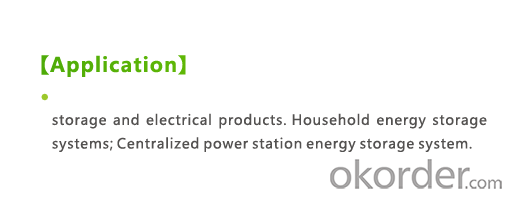
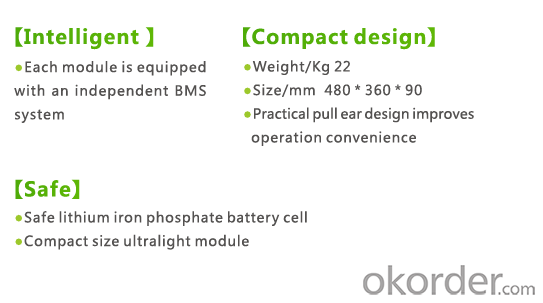
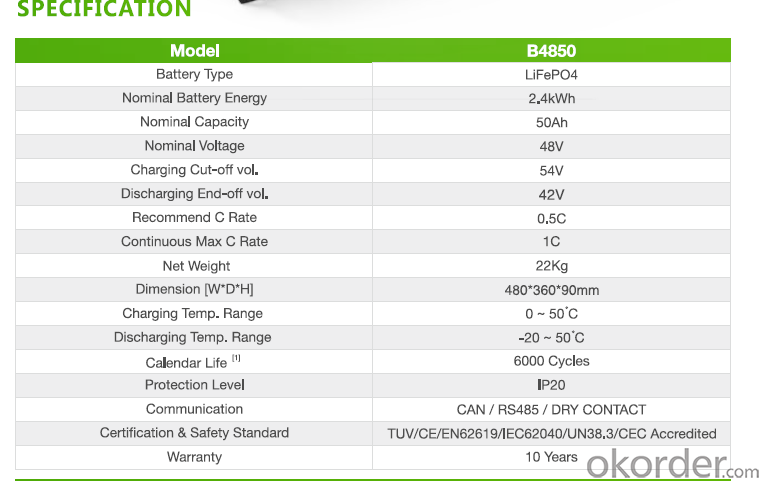
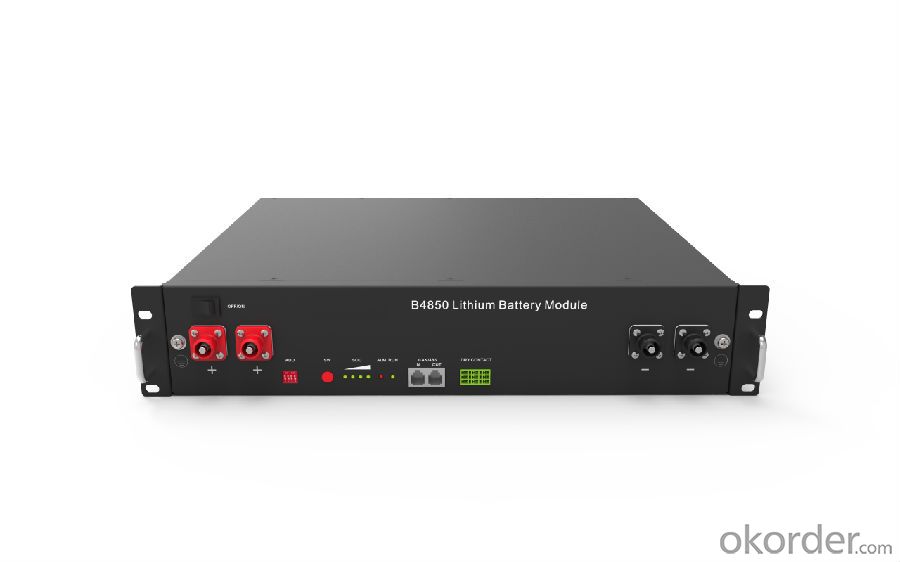
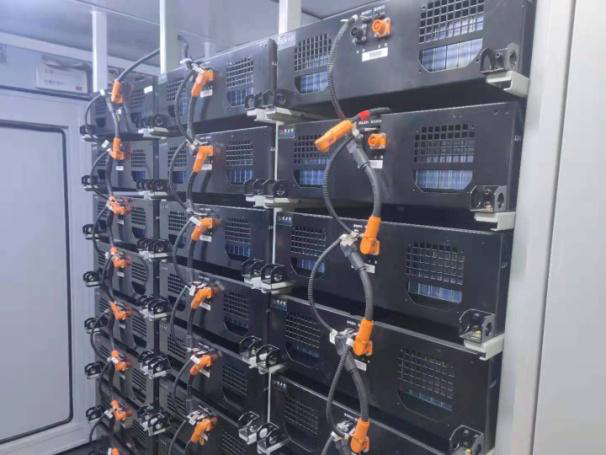
- Q:What is the largest solar cell installation in the world?
- The largest solar cell installation in the world is the Tengger Desert Solar Park in China, with a capacity of 1.5 gigawatts.
- Q:What materials are used in solar cells?
- The most common materials used in solar cells are silicon, which is the primary component, along with other materials like metal conductors, glass, and polymers.
- Q:How do solar cells perform in dry desert conditions?
- Solar cells perform very well in dry desert conditions. The abundance of sunlight and low humidity levels in deserts make them ideal environments for solar energy generation. The absence of cloud cover and dust particles allows solar cells to efficiently convert sunlight into electricity, resulting in higher energy production. Additionally, the heat in desert regions can actually benefit solar cells, as higher temperatures can increase their efficiency. Overall, solar cells are highly effective and efficient in dry desert conditions.
- Q:What is the impact of hurricane-force winds on solar cell efficiency?
- Hurricane-force winds can have a significant impact on solar cell efficiency. These strong winds can cause physical damage to the solar panels, such as breaking or displacing them, which directly affects their ability to generate electricity. Additionally, debris and flying objects carried by the winds can scratch or shatter the protective glass covering the solar cells, reducing their efficiency further. Therefore, the impact of hurricane-force winds on solar cell efficiency is generally negative and can result in a temporary or permanent decrease in energy production.
- Q:Can solar cells be used for powering submarines?
- Yes, solar cells can be used for powering submarines to some extent. However, due to limitations in surface area and the amount of sunlight that can penetrate the water, solar power alone is not sufficient to power submarines for long durations or at great depths. Submarines typically rely on a combination of diesel-electric engines and rechargeable batteries for propulsion and power generation.
- Q:What is the impact of temperature fluctuations on solar cell efficiency?
- Temperature fluctuations can have a significant impact on solar cell efficiency. As temperature increases, the efficiency of solar cells tends to decrease. This is because higher temperatures can cause an increase in the resistance of the materials used in solar cells, leading to a decrease in the overall power output. Additionally, temperature fluctuations can also lead to thermal stress and expansion, which can potentially damage the solar cells and further reduce their efficiency. Therefore, it is important to consider and manage temperature fluctuations to optimize the performance of solar panels.
- Q:Is the solar cells factory in China good and trustworthy?
- I can only say 50% of the solar cell factories in China are good, and they can meet your quality standard, while the other 50% of the solar cell factories are not very reliable.
- Q:How long does it take for solar cells to pay for themselves?
- The payback period for solar cells typically varies between 5 to 15 years, depending on factors like the initial cost, location, energy consumption, and available incentives.
- Q:What is a polymer solar cell and how does it work?
- Polymer cells are actually a type of thin film solar cell,
- Q:Can solar cells be used for heating?
- Yes, solar cells can be used for heating through a process called solar thermal heating.
1. Manufacturer Overview |
|
|---|---|
| Location | |
| Year Established | |
| Annual Output Value | |
| Main Markets | |
| Company Certifications | |
2. Manufacturer Certificates |
|
|---|---|
| a) Certification Name | |
| Range | |
| Reference | |
| Validity Period | |
3. Manufacturer Capability |
|
|---|---|
| a)Trade Capacity | |
| Nearest Port | |
| Export Percentage | |
| No.of Employees in Trade Department | |
| Language Spoken: | |
| b)Factory Information | |
| Factory Size: | |
| No. of Production Lines | |
| Contract Manufacturing | |
| Product Price Range | |
Send your message to us
B4850 2.4KWH LITHIUM BATTERY MODULE CNBM STORAGE BATTERY
- Loading Port:
- China main port
- Payment Terms:
- TT OR LC
- Min Order Qty:
- 10 set
- Supply Capability:
- 1000000 set/month
OKorder Service Pledge
Quality Product, Order Online Tracking, Timely Delivery
OKorder Financial Service
Credit Rating, Credit Services, Credit Purchasing
Similar products
New products
Hot products
Hot Searches
Related keywords



























